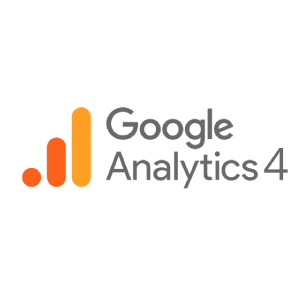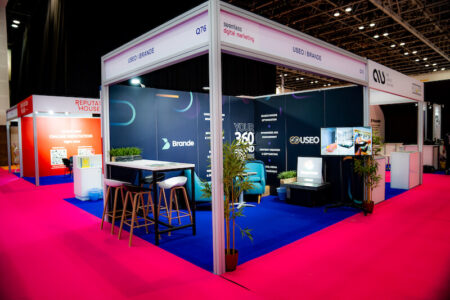In the previous blog, we talked about the potential of Arabic Digital Marketing as a channel for boosting your advertising efforts. It makes sense from a reach perspective.
Consider this: mobile broadband represented over 40 per cent of connections in the Middle East by mid-2016, and is projected to account for 61 per cent of connections in the region by 2020.
Simply put, more consumers are using their mobile phones to consume content, and it’s in the best interest of businesses to meet them there.
However, it seems most businesses are still more invested in more traditional platforms of advertising, based on current ad spending.
The Case for Arabic Marketing
For businesses in the GCC, venturing into a relatively new and unknown marketing channel means making an investment. Arabic Digital Marketing must make sense from a financial perspective for it to be a viable business marketing channel.
So the question is – does it? Let’s look at the numbers:
As shown in the infographic above, Arabic Digital Marketing has the potential to yield tremendous benefits if guided properly. An Arabic SEO strategy can help a website achieve an average of 550 sessions per month, 4 per cent of which can be converted into customers in the future.
What does that mean?
It means that, if your website can attract 550 unique sessions in a month through your Arabic SEO campaign, there’s a good chance 22 of those could convert into customers – whether that means bookings, appointments, sales, or otherwise.
On the other hand, an Arabic PPC campaign has the potential to yield more than 5000 unique sessions in a month, with an average conversion of 1 per cent. Projected return on investment? Approximately 350 per cent.
Conclusion
Arabic Marketing is a channel that remains relatively untapped in the GCC region. But with the rapid adoption of mobile devices in the Middle East, and the growing culture of online content consumption, it is a platform that businesses should maximise as early as now to expand their reach and visibility.




 5 min read
5 min read



